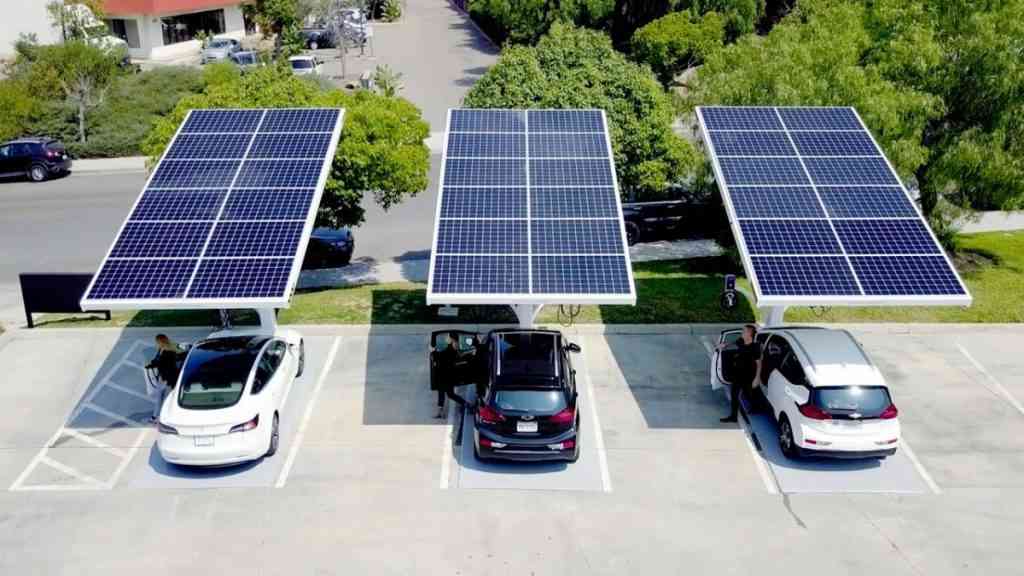
Almost two weeks on from my bone-cracking accident, I can confirm that it’s true — bone pain is no picnic, and cracked ribs and sternum get more painful rather than less with each passing day… so far.
Out Door with Rosie Mitchell
I look forward to turning that corner. It’s rather disabling having only one usable hand, especially occupationally speaking, and unable as I am to restrain my propensity towards mirth, it’s going to be a sore couple of months.
However — I’m paying rather more attention to my every move.
This should be a good habit to develop, in one with such a tendency to rush about.
When I asked the surgeon when next I would be able to run, he paused, before replying, dead-pan and with characteristic wry wit — “Do you want to come back here with a broken neck?”
Driving is off the cards too. Brisk walking, however, was voted both permissible and beneficial — so I’m already out there, in cast, sling and brandishing a hiking pole for better one-armed balance, walking my erstwhile running routes, dogs in tow and puzzled by the gentler pace.
Sadly, these routes are once again succumbing to that which enrages me annually at this time of year. The scourge of the “fire season” is upon us, and it makes me mad.
In vast swathes, burnt to a cinder; blackened, charred, ugly, and pronouncing the widespread environmental havoc that follows in the wake of the human-caused idiocy that carelessly ignited the flames; the insects and small mammals, burnt to death; those left, plus larger animals which escaped the blaze, with practically nowhere now to hide; the plants, grasses, shrubs, trees, destroyed, natural diversity dwindling each year.
Chimanimani’s flora, fauna under threat
This senseless, thoughtless, careless practice of starting veld fires, along with so many other human-wrought onslaughts on the natural environment, will lead ultimately to barren desert landscape.
Yet just as developers continue systematically to destroy Harare’s last remaining wetlands, our only lifeline in this city to a viable, continued, water supply, so the fire-setters systematically lay waste both to wetlands and to other open spaces city wide and countrywide, with no thought to the present or future environmental damage they inflict.
Which leads me, close to post-rant, tidily back to the Chimanimani mountains; where on our first day’s hike up onto the high plateau, we encountered such a fire, hungrily gobbling its way through a huge area of this very beautiful National Park, where lighting any fires whatsoever is, of course, and for clearly demonstrated very good reason, prohibited.
It was a big fire, an alarming fire, and a fire that required a major detour from our planned route. And, considering the three gold-panners we passed along our way just minutes before our close encounter with the fire, which was still burning its way rapidly across the landscape five hours later — it wasn’t much of a stretch to guess who started it.
We’d heard that illegal gold panning was taking some toll in this National Park, and like all good Zimbabwean rumours, there is certainly some truth in this. But this is not a good reason to strike this lovely place from your list of destinations; you would definitely be cutting off your nose to spite your face.
Beautiful environments all over this amazing world are indeed falling victim to human poverty, human greed and human over-population — there are just too many of our species, making too many demands on increasingly limited natural resources. But this does not mean we just give up the fight.
It does not mean we deny the reality; we face it, and must play our own part in taking up sound environmental practices in our daily lives, and educating others, especially the next generation, about the environmental follies of humankind.
And it certainly does not mean that we give up visiting and appreciating beautiful places just because certain activities are taking place there that should not be. Only by visiting these places and sharing them with others, can we build up a mutually felt passion to save them from any further destruction.
Over four days, we briefly saw six gold panners in two groups of three, and some clear evidence of their river side and river bed activities in two places; plus, the fire, for which one group was clearly responsible. Did this ruin our trip?
Most assuredly, it did not. This remains a vast and stunningly beautiful wilderness area where you can wander many days without encountering anyone at all. Was it worrying? Yes, certainly.
This problem is a very challenging one to control effectively with very limited rangers using very limited resources. Don’t, however, let the isolated presence of the odd gold panner deter you from hiking these mountains. Their magic is most certainly not lost!











